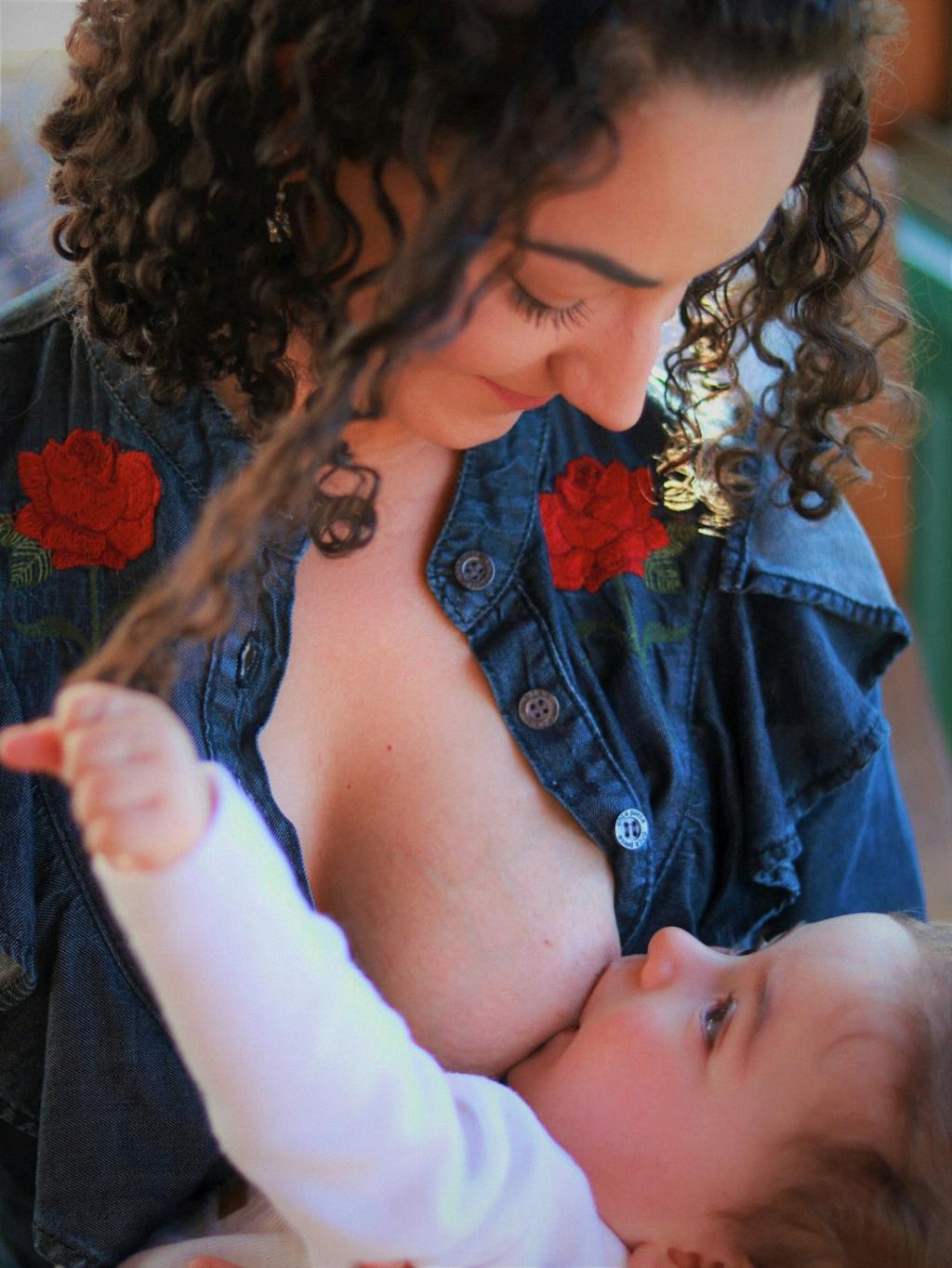Many people associate nipple infections with breastfeeding, but it’s important to note that nipple infections can occur in individuals who are not breastfeeding as well. One such condition is nonlactational mastitis, which shares similarities with lactational mastitis but affects women who are not currently nursing.
Causes of Nonlactational Mastitis
Nonlactational mastitis can arise in various scenarios. For instance, women who have undergone lumpectomies followed by radiation therapy may be at risk. Additionally, individuals with conditions such as diabetes or those with weakened immune systems may also experience nonlactational mastitis. Despite these risk factors, it’s essential to highlight that this condition remains relatively rare.
Symptoms to Watch For
Similar to lactational mastitis, nonlactational mastitis often presents with symptoms such as redness, swelling, warmth, and pain in the affected area. Women experiencing nonlactational mastitis may also notice pus or discharge from the nipple, along with potential flu-like symptoms such as fever and fatigue.
Diagnosis and Treatment
Diagnosing nonlactational mastitis typically involves a physical examination by a healthcare provider, who may also recommend additional tests such as ultrasound or biopsy to confirm the diagnosis. Treatment for nonlactational mastitis often includes a combination of antibiotics, warm compresses, and pain management strategies to alleviate symptoms and promote healing.
Preventive Measures
While nonlactational mastitis may not be entirely preventable, there are steps individuals can take to reduce their risk. Maintaining good breast hygiene, avoiding tight clothing that could potentially block milk ducts, and addressing any underlying health conditions promptly can help mitigate the chances of developing a nipple infection.
Seeking Medical Attention
If you suspect that you may have a nipple infection or are experiencing symptoms such as persistent pain, redness, or discharge from the nipple, it’s crucial to seek medical attention promptly. A healthcare provider can evaluate your symptoms, provide an accurate diagnosis, and tailor a treatment plan to address your specific needs.
Emotional Impact
Dealing with a nipple infection, whether due to breastfeeding or other factors, can take a toll on an individual’s emotional well-being. It’s essential to remember that seeking support from healthcare professionals, loved ones, or online communities can provide comfort and reassurance during this challenging time.
Importance of Self-Care
Engaging in self-care practices such as rest, staying hydrated, and practicing gentle nipple care can aid in the healing process and promote overall well-being. Remember to listen to your body, prioritize your health, and reach out for help when needed.
Conclusion
In conclusion, while nipple infections without breastfeeding, such as nonlactational mastitis, are less common, they can still occur under certain circumstances. By understanding the causes, symptoms, diagnosis, and treatment options associated with nonlactational mastitis, individuals can empower themselves to take proactive steps towards managing and addressing this condition effectively.

